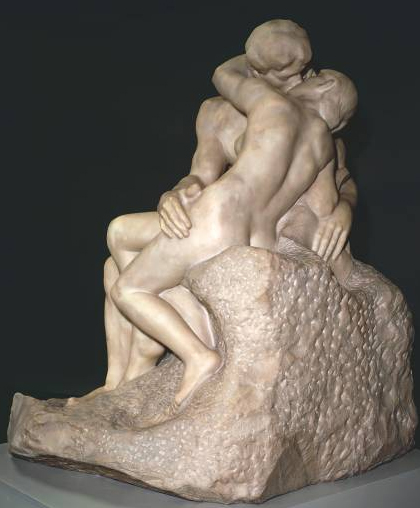THE REARRANGEMENT of the entire collection of paintings and sculptures at the Tate Gallery in cen-tral London - the idea of Nicholas Serota, who became its director last summer - will go on public view next Thursday.
The first major rehang at the gallery in almost 30 years is likely to prove controversial. The country's leading museum of British art of all periods, and of international modern art, has been criticised for a poor level of display and a failure to mould the disparate aspects of its collections into a coherent whole.
Mr Serota intends to address the problem partly by placing greater emphasis on British art. 'We are moving through a period in which living British artists are perhaps more highly regarded internationally than has been the case at any time this century,' he said. 'Their presence in the new installation of the collection will reflect that.'
However, one of the most striking changes is the new importance given to sculpture. The Duveen Gal-leries, the most impressive spaces in the museum which run along its central spine, have been completely cleared of the partitions and false ceilings that were the legacy of the 1960s and of the Tate's previous di-rector, Sir Alan Bowness. They have been transformed into a light-filled axial space some 200 yards long, which will contain some of the Tate's most celebrated sculpture, including Rodin's The Kiss.
The rehang has been titled 'Past, Present, Future'. 'Tense' was one employee's description of the gen-eral mood in the Tate yesterday.


